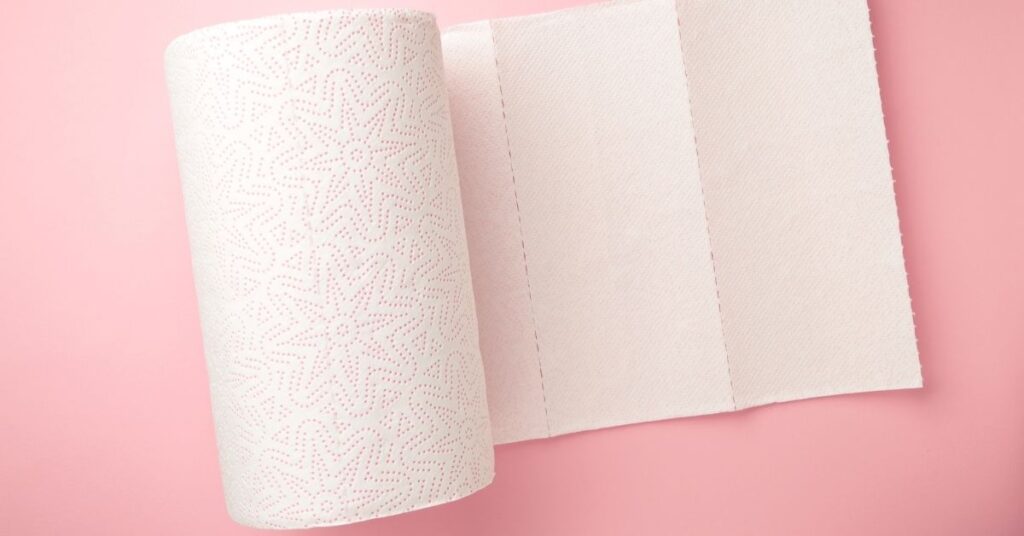Paper towels are primarily made from wood pulp, sometimes combined with resins for strength.
What Are Paper Towels Made Of
Hey, have you ever wondered how those convenient, tearaway sheets in your kitchen came to be? You know, those rolls of paper towels that soak up your messes and clean up spills in a flash? Well, today we’re going to take a deep dive into the world of paper towel production, so you can understand what they’re made of and how they come to exist.
Let’s Talk About Trees
Most paper towels you see in the grocery store are primarily made from wood pulp. That pulp comes from trees – both softwood and hardwood varieties. Softwood trees, like pines and spruces, have longer fibers that add strength to the towels. Hardwood trees, like oaks and maples, have shorter fibers that make for softer, more absorbent paper towels.
The Paper-Making Process
So, here’s the short and sweet on how trees get turned into the rolls we find on the shelves:
- Harvesting: Trees are carefully selected and responsibly harvested from managed forests.
- Pulping: At a mill, the wood is debarked, chipped, and then turned into a gooey pulp using either mechanical or chemical processes.
- Bleaching: Sometimes the pulp is bleached to make the paper towels a pristine white color.
- Papermaking: On a massive paper machine, the pulp is pressed, dried, and creped (which improves absorbency).
- Embossing & Converting Those familiar patterns you see on paper towels? Those are called embossments, added to further improve absorbency and give them a quilted look. The giant sheets are then perforated and rolled.
Table 1: Main Stages of the Paper Towel Production Process
| Stage | Description |
| Harvesting | Responsible tree harvesting from managed forests |
| Pulping | Wood is turned into a pulpy substance for paper production |
| Bleaching | Pulp may be bleached for a whiter appearance |
| Papermaking | Pulp is transformed into paper sheets |
| Embossing & Converting | Patterns are added and paper is rolled for consumer use |
Is It Just Wood?
While the main ingredient is wood pulp, there are a few other components that go into the mix for the final product:
- Wet Strength Resins: These resins make sure your paper towels don’t fall apart the second they get wet, so you can wipe up big spills.
- Sizing Agents: These help control absorbency and prevent bleeding for things like printed patterns on kitchen towels.
- Dyes: Dyes are what give those cute, decorative towels their fun colors and patterns.
Recycled Paper Towels
Things are getting a little greener these days! You’ll find plenty of eco-friendly paper towel options made from recycled paper. Here’s how that works differently:
- Collection: Waste paper products are collected and sorted.
- De-inking: Old ink and dyes are carefully removed from the paper.
- New Pulp: Recycled paper is then transformed into new pulp.
Table 2: Comparison Between Virgin and Recycled Paper Towels
| Feature | Virgin Pulp Paper Towels | Recycled Paper Towels |
| Source | Harvested trees | Recycled paper and paper products |
| Environmental Impact | Greater environmental footprint (more resources required) | Less environmental impact (reduces tree use and saves landfill space) |
| Strength and Absorbency | Often stronger and more absorbent | May be slightly less strong or absorbent |
Bamboo: The New Kid on the Block
Bamboo is a quickly gaining ground as a sustainable alternative to traditional wood pulp. Why? Well, bamboo is a super fast-growing grass, replenishing much quicker than trees. And surprisingly, bamboo paper towels can be just as strong and absorbent as their tree-based counterparts.
Environmental Considerations
We know what paper towels are made of, but now it’s important to consider how this process affects our environment. Here are some key environmental factors to keep in mind:
- Deforestation: Cutting down trees for paper production can contribute to deforestation if done irresponsibly. Opting for paper towels made from sustainably managed forests helps to minimize this impact.
- Energy & Water: The paper-making process requires a lot of energy and water. Companies are working to reduce this, but we can do our part by choosing recycled paper towels when possible.
- Waste: Used paper towels eventually end up in landfills, contributing to waste buildup. Consider composting paper towels at home, if you have that option.
Table 3: Sustainable Alternatives to Traditional Paper Towels
| Alternative | Description | Pros | Cons |
| Bamboo Paper Towels | Made from fast-growing, renewable bamboo | Strong, absorbent, sustainable | May be more expensive |
| Swedish Dishcloths | Reusable cloths made from cellulose and cotton | Super absorbent, long-lasting, compostable | Requires more frequent washing |
| Cloth Towels or Rags | Old t-shirts, tea towels, etc. repurposed for cleaning | Reduces waste, budget-friendly | Less absorbent than paper towels |
Choosing Wisely
Since paper towels are likely to be a part of our lives for a while, let’s explore how to be a bit more mindful about our paper towel use:
- The Right Towel for the Task: Not every spill needs a brand new, full-sized paper towel! Use smaller sheets, half sheets, or even reusable alternatives for those small cleanups.
- Air-dry Whenever Possible: Letting things air-dry reduces paper-towel reliance. After a hand-wash, ditch the paper towel and let those dishes air-dry on the rack.
- Compost If You Can: If composting is available in your area, send used paper towels along! This diverts them from landfills and creates a valuable soil amendment.
So, What Are Paper Towels Made Of?
In conclusion, paper towels are mostly made of tree pulp, often combined with resins for added strength. While traditional products rely on trees, we’re seeing innovations like recycled paper and bamboo fibers, offering greener alternatives. As consumers, we can be mindful of our choices, looking for sustainably sourced products and reducing waste whenever possible.
